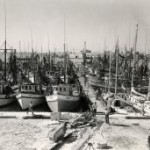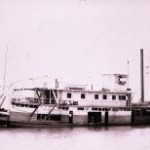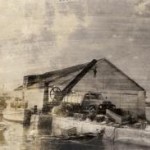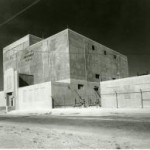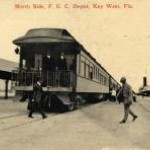Maritime
Shrimp Boat Fleet
Florida pink shrimp were discovered at the Dry Tortugas in 1947. News of the find spread quickly and by the 1950's these docks were home to 500 shrimp trawlers. There were so many boats in port that it was often said that you could walk across one side of the seaport to the other without ever touching water. The era of shrimping was nicknamed "the pink gold rush".
Ferry Boats
Ferries were the lifelines of the Florida Keys during the last two centuries. Henry Flagler relied on these vessels both to build the Over-Sea Railroad, which stretched 156 miles from the mainland, and to carry his train cars over 90 miles of open ocean to Cuba. In 1935, a devastating hurricane hit the Middle Keys, wiping out the railroad. Ferries filled the transportation gap between the time the railroad was destroyed and the Overseas Highway was completed. Today the tradition of ferry travel to the mainland continues.
Thompson's Fish House Museum
This wooden structure was built by Norberg Thompson. It has seen many uses but began as a fish and turtle packing house serving destinations throughout the world. Submerged wooden cages beneath the building used to house exotic fish for sale to aquariums. In later years it was a marine engine repair and ship wright's shop. During the golden days of shrimping in the 1950s, it became the epicenter of the shrimp industry with nearly 500 shrimp trawlers in port at a time.
Steam Plant
The Steam Plant's facade endures as an example of Art Deco design that was popularized during the Great Depression. It is one of the few art deco structures in Key West. Streamline Modern was a reaction to Victorian building ornamentation that was the predominant building style for decades. The new style embraced simple lines and aerodynamic curves. It was built by the city in 1951 on new land that industrialist Henry Flagler created for the train depot of his Over-Sea Railroad.
Flagler's Train Terminal
Henry Flagler's train yard for the Over-Sea Railroad had three piers jutting from the end of Trumbo Road were key to Flagler's vision of having his railway end in Cuba. Ships, docked at the pier closest to the new ferry docks, were used to transport trains to and from Cuba. Ferries were used to carry cars and passengers. The terminal was the railway hub connecting the Keys to the mainland and Cuba to the U.S.
